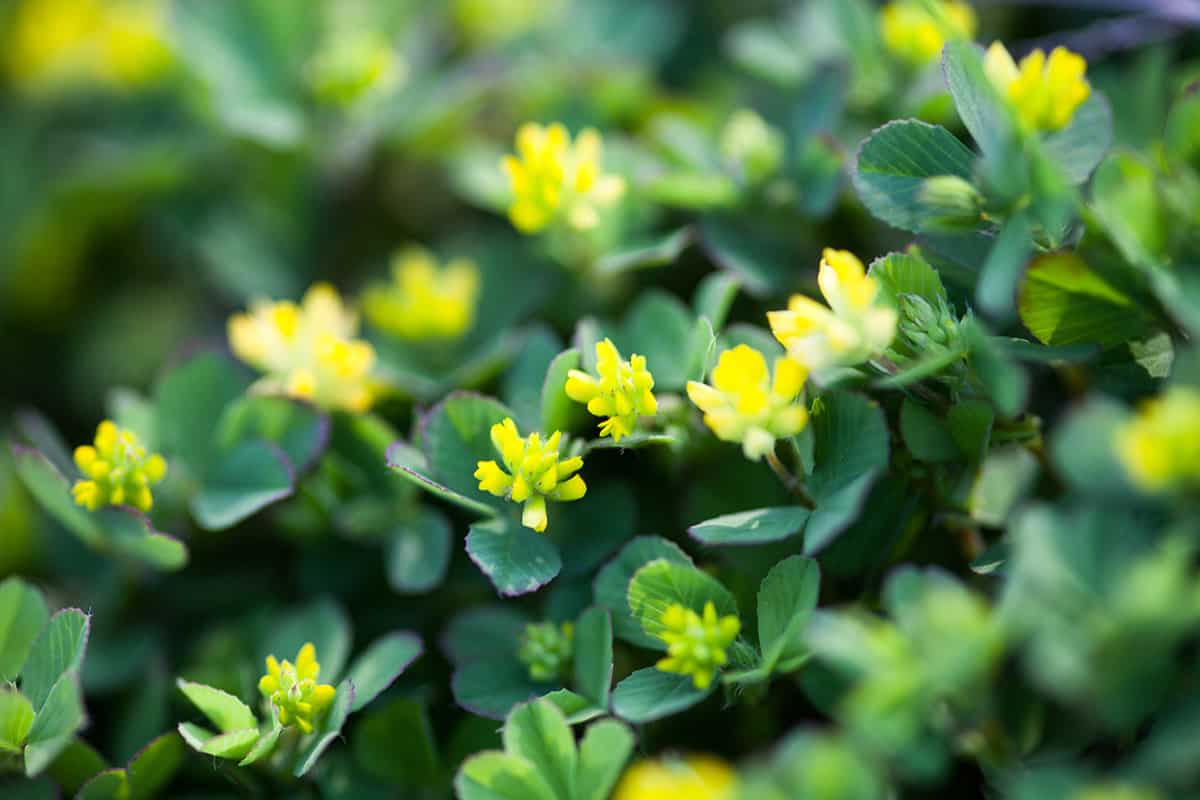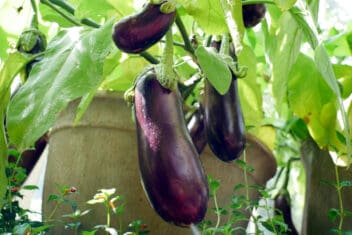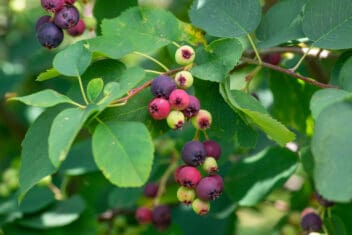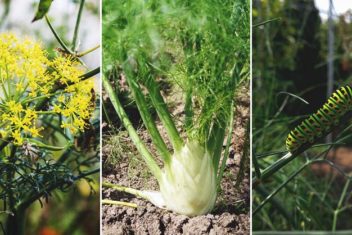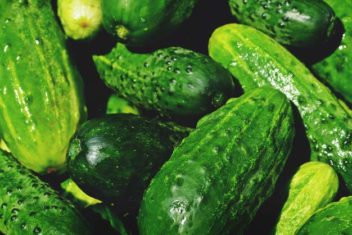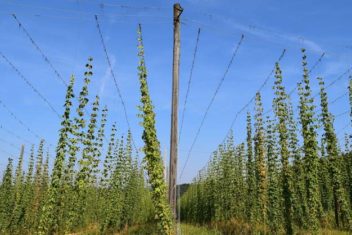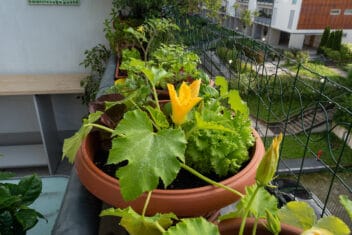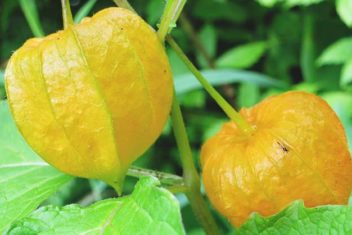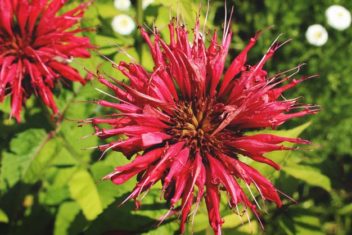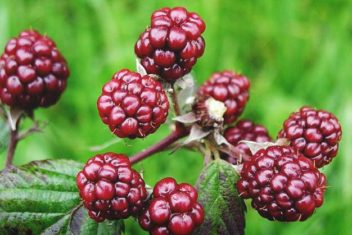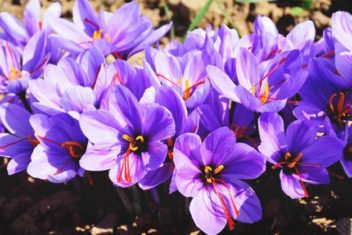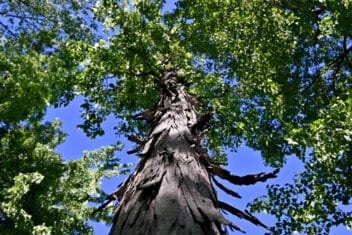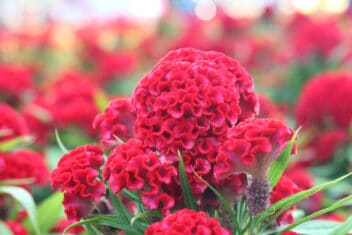One of the wonderful things about studying plants for home gardens is finding one that others consider a weed is actually a useful, beneficial plant. Black medic is one such example. You can find black medic growing in lawns, on the side of the road, and in other places, people don’t want it.
But this is one “weed” you might change your mind about.
Black medic is not just any old weed but is useful for health, in the kitchen, and to improve the soil. It’s a versatile plant that you should add to your list of greens and soil conditioners.
What is Black Medic?
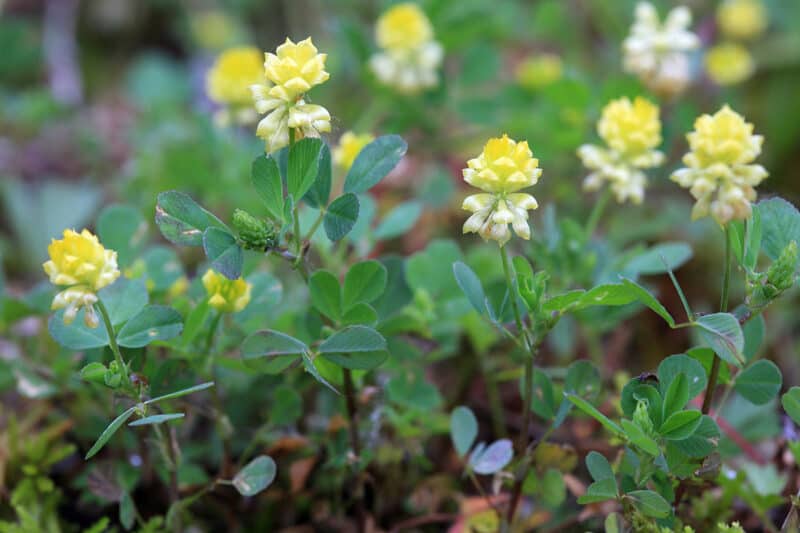
Black Medic (Medicago lupulina) is a self-seeding annual that grows low to the ground. It has yellow flowers and hairy stems. It was introduced to North America from Europe and Asia to be used as crop fodder. These days, it has fallen out of favor in the US as a cultivated plant because most people consider it a weed.
It’s often found contaminating alfalfa and clover seed.
Black medic has many names, including hop clover, black clover, and yellow trefoil, and you’ll often find it growing wild in dry meadows and roadsides.
This so-called weed is an excellent addition to the kitchen. You can use the leaves as you would spinach or collards. They’re loaded with protein and fiber and are a mild laxative. You can also roast and eat the seeds. The plant has compounds that make you feel fuller for longer.
Black medic has antibacterial properties, so it is useful for mild infections and is even used to increase blood clotting.
Want more? How about using black medic as a soil conditioner? You can plant it as a green manure to dig in for adding nitrogen into the soil.
How to Plant Black Medic
Black medic thrives in zones 3 to 9, although it will sprout up in the most random places outside of those zones.
Plant in direct sunlight as it likes up to 6 hours of sun per day. Black medic will do okay with just a few hours of sun per day, but the quality of leaves, seeds, and flowers will be lower.
Soil should be free draining with the ability to remain moist. Although black medic flourishes in most soil types, loamy soil with a pH of 6.0 to 6.8 is optimal.
Black medic is likely to pop up in any desolate spot in your property, and although it has a reputation for taking over an area, I’ve never had that issue. It develops a tap root, but it’s easy to remove whole. It reminds me of removing goosegrass.
Planting Seed
If you want to try growing black medic and don’t have it growing naturally, you’ll have to locate seeds. Many local retailers won’t carry the seeds, but many online retailers like Amazon do.
Although you can plant the seed any time of year except late fall and winter, spring is the best time to get your seeds started. Soak the seeds in warm water for at least 12 hours before planting. Space them 12 inches apart, cover the seeds lightly in soil, and tamp down gently with your hand. Water well, but don’t soak the soil.
Care and Maintenance
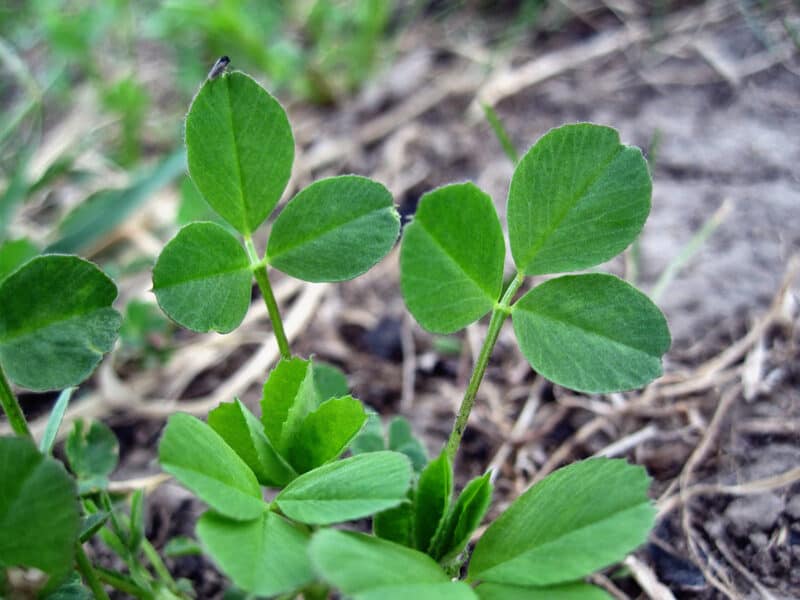
Black medic is perfect for containers. If you’re worried that this plant will take over your lawn or garden, put it in a container. You can move it around to follow the sun, have it close to the house, or even have it in a small container on your kitchen windowsill so you can add the leaves to your cooking.
Dig in well-rotted manure when you first prepare the bed before planting, and black medic will thrive. No need for additional feedings unless your soil is extremely deficient. Container plants should be fed once a year in the early summer.
Black medic is pretty drought-resistant but responds well to consistent moisture. Water well, keeping the soil moist but not wet. If your black medic is in a container (which I highly recommend), make sure you water at least twice a week.
Soak well and let the water run through the container until it runs out the bottom. This way, the soil remains moist and the foliage lush.
Companion Planting for Growing Black Medic
Try growing black medic with the following to ensure optimum performance:
- Beetroot
- Carrot
- Celery
- Corn
- Cucumber
- Lettuce
- Potato
Don’t plant it with onion or garlic as they release a compound that can inhibit the growth of legumes like black medic.
Common Problems and Solutions for Growing Black Medic
Yes, this is a weed, but that doesn’t mean you’ll never encounter issues, though they’re usually rare. Here are some problems to watch for:
Lack of Vigor or Growth
Just because black medic is considered a weed that can be found growing anywhere, it doesn’t mean it will always be top quality. Several issues can cause a lack of vigor and growth, but it’s likely because the soil is too alkaline with this plant. You should adjust anything above a pH of 7.0 down with sulfur or peat moss.
You should also be sure that you’re providing enough water and sun. If all of that looks good, offer your plant some nitrogen-based fertilizer or side-dress with well-rotted manure.
Root Rot
Slow death and poor quality of the plant in wet conditions may be caused by root rot. Black medic is adept at growing in compact, dry soil and doesn’t like wet feet. Too much water or heavy clay soil can cause the roots to rot and could promote other soil-borne diseases.
Bacterial Wilt
The youngest leaves will turn yellow with bacterial wilt, starting at the edges and moving in—eventually, the plant withers and dies. Avoiding bacterial wilt is preferable to trying to battle it since there is no cure. Avoid excessively high pH soils, rotate crops regularly, and space plants out to allow good airflow.
Bacterial Brown Spot
This is common in warmer weather and starts as small brown circles with yellow edging. The plant begins to look like it has been beaten up. It looks tatty and wispy.
There is no cure, so pull your plants and don’t try growing black medic in the same spot for at least three years. Also, be sure to purchase certified disease-free seed.
Blister Beetle
Blister beetles eat the flowers and sometimes the leaves of plants. Often, you don’t know they are there until you have a problem with your skin. While they can ruin a perfectly good patch of black medic by eating it, they also release a chemical in self-defense that can cause skin irritation and blisters.
Handpick them if you spot them, but be sure to wear gloves. You can also spray them with a spinosad-based insecticide, taking care to get the spray directly on the beetles.
Harvesting and Cooking with Black Medic
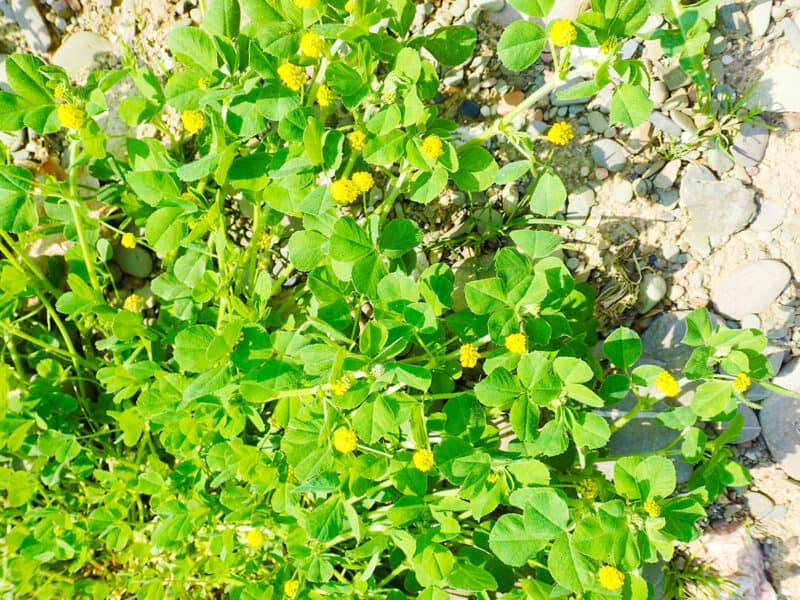
In places like Europe, where black medic is common, they fry the leaves in a pan like you would spinach. Frying them in a little butter and salt is a treat.
Add the leaves to stews, soups, and casseroles.
Simply cut the leaves off in bunches, wash and use however you like. I wouldn’t recommend using them raw in salads as the leaves can be bitter when uncooked.
You can also eat the roasted seeds, though limit your intake since it may interfere with the absorption of proteins. If that’s a concern, sprout the seeds and eat the sprouts instead.
Another great thing about black medic is the lovely little yellow flowers attract bees. Many beekeepers say that in areas where black medic is present in reasonably sized patches, the honey has another layer of flavor.
Collecting Black Medic Seeds
This is where black medic has a bad reputation. It is an annual (a short-lived perennial in some warmer areas), and it has a habit of self-seeding and expanding its area. The plant produces pretty yellow flowers in summer, which eventually turn into seeds that drop into the soil.
If you don’t want it to spread or return where you don’t want it, there are a couple of things you can do:
- Plant in areas where you don’t mind the spread like edges of gardens or areas where less hardy plants can’t grow.
- Plant in pots and containers.
- Use the leaves all season until you notice the flowers beginning to die off. At this point remove the plant before the seeds develop. You will still get plenty of harvest.
- Remove the flower heads as they develop.
- Mow frequently to keep remove developing seeds.
Let the flower heads die off and watch the black, shiny seeds develop if you want to save the seeds. Pick the stem and let the seeds dry before storing them in a paper envelope.
Black Medic as a Cover Crop
To use black medic to improve your soil, you can plant it as an understory ground cover among taller crops like corn. Then, after you pull the corn, till the black medic into the soil. You can also plant it as a fall or spring cover crop. Be sure to till it in before it goes to seed.
Because black medic is a member of the legume family, you can use it to fix nitrogen in the soil.
